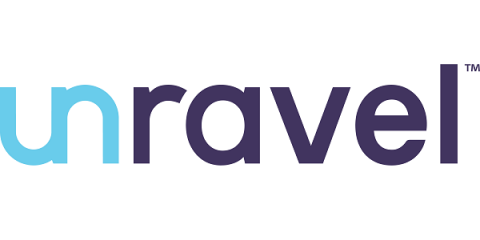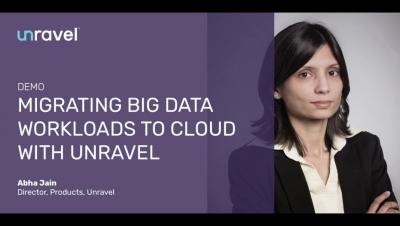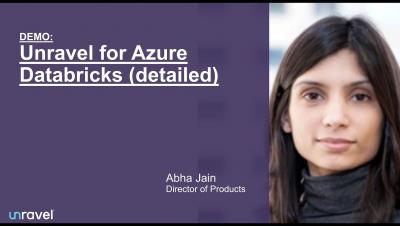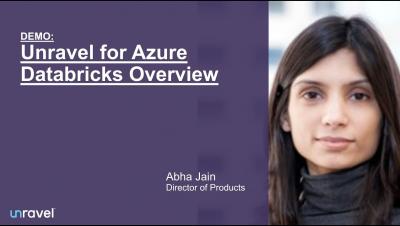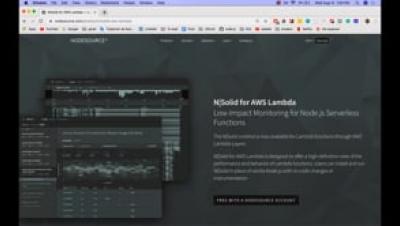Unleashing the next level of organizational decision-making with the cloud data warehouse
The ability for cloud data warehouses to provide a single platform that enables organizations to analyze data at any scale is a market changing capability. Sure, much has been made of the ability of applying Artificial Intelligence (AI) to this data to gain insight into new areas, ultimately to increase an organization’s competitiveness. There is however a greater level of impact that this architecture can have that can be independent of AI and ultimately inclusive of AI.



